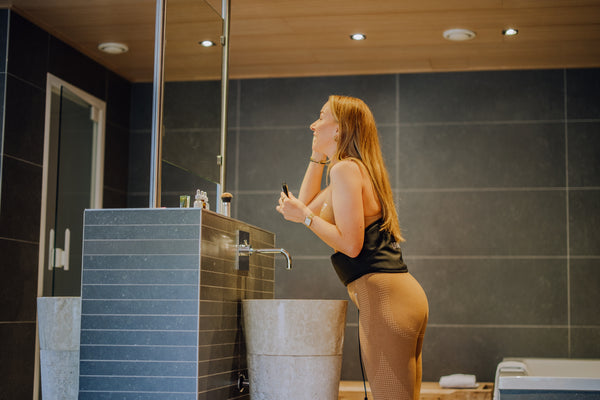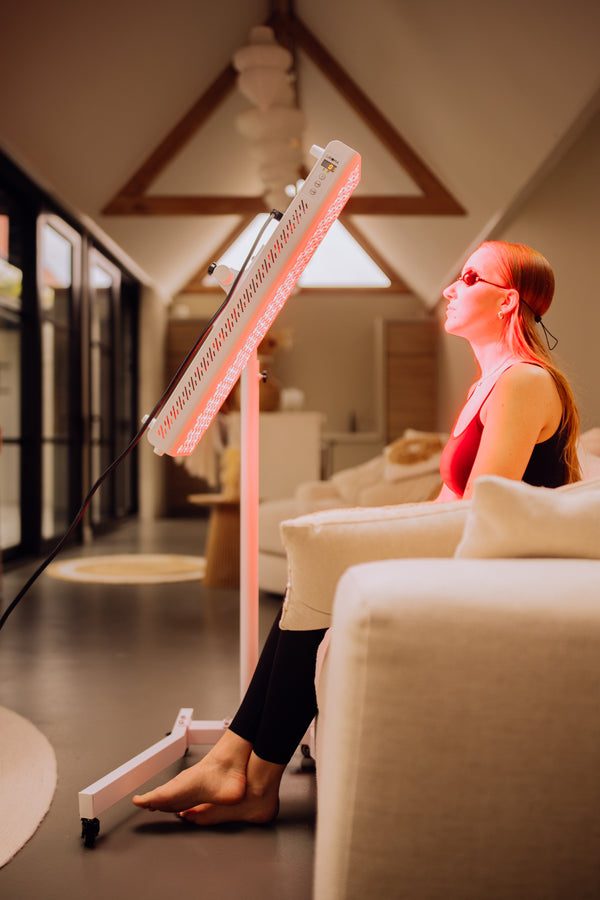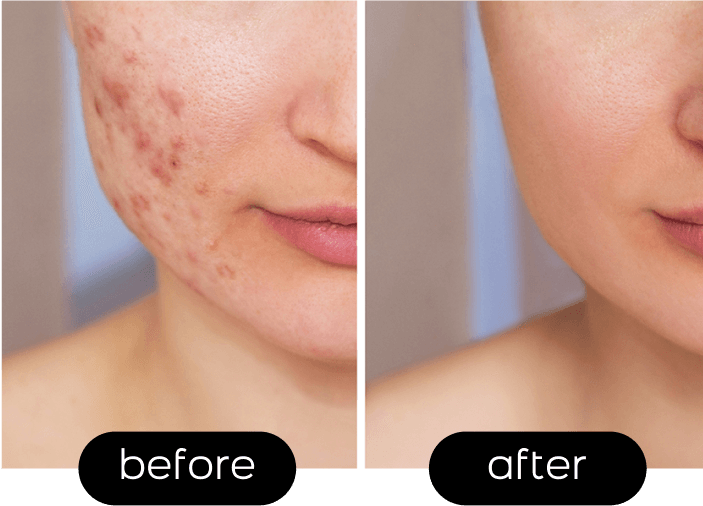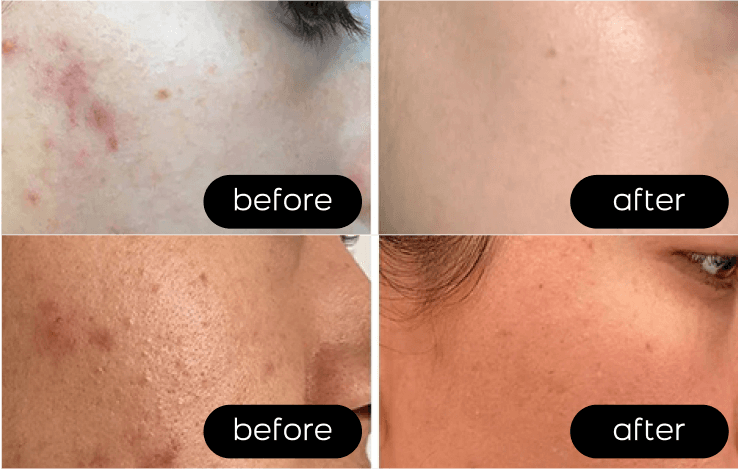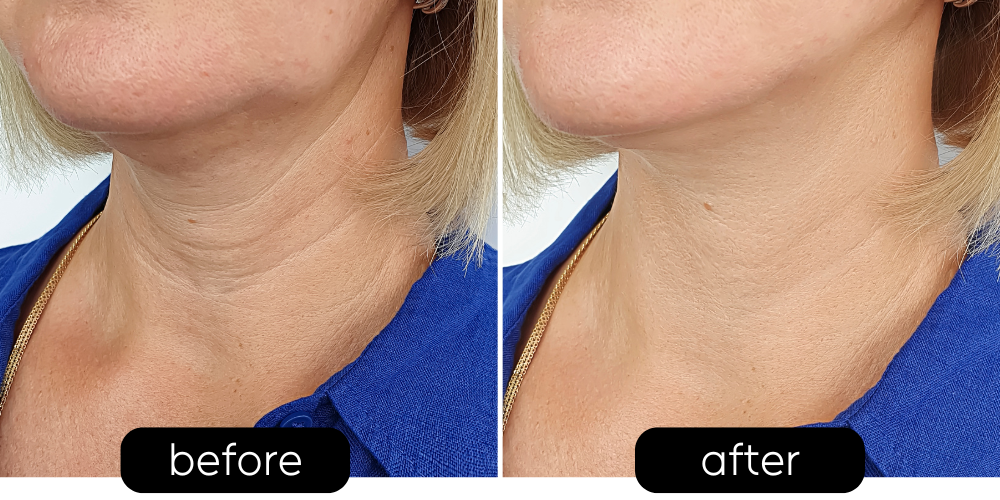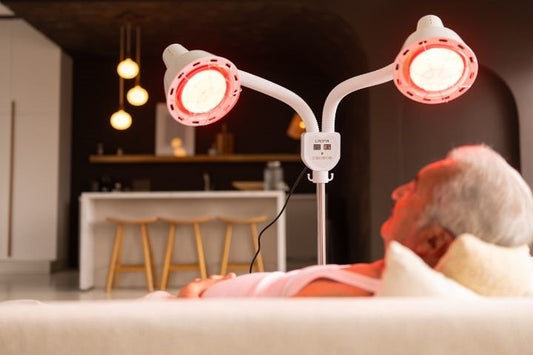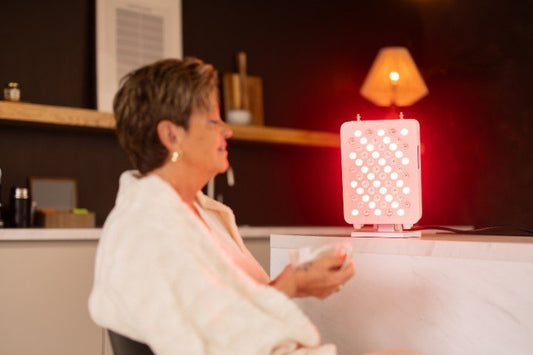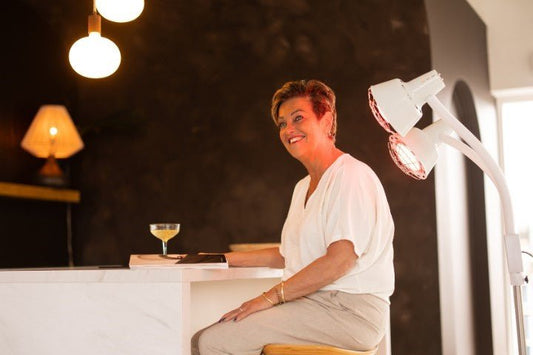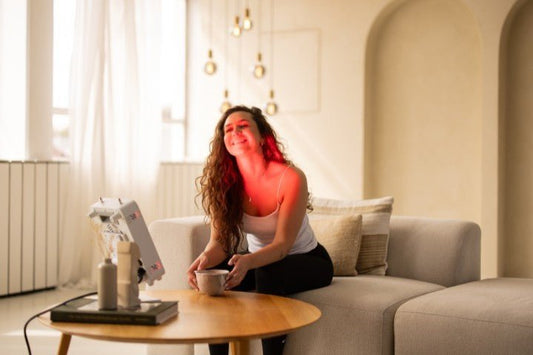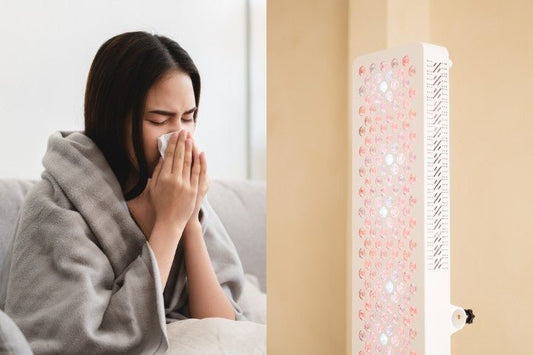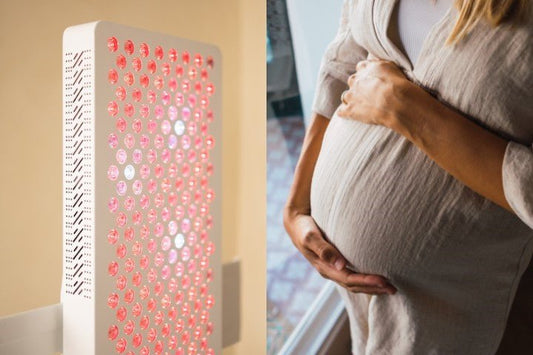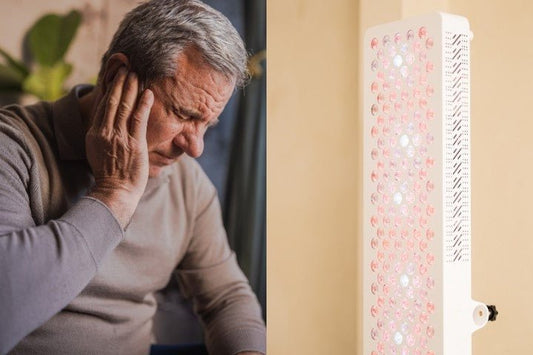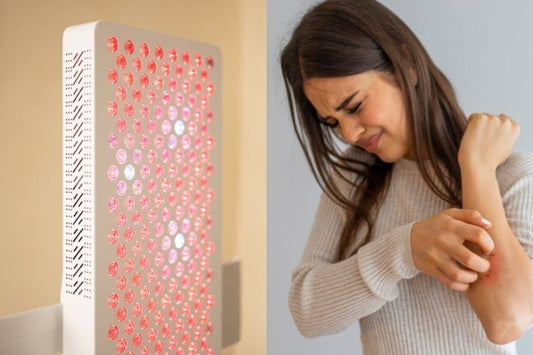Significant benefits you can feel, manifested by restoring your cellular health.

Skin improvement
RLT increases collagen, reduces inflammation, and accelerates healing, improving skin texture and tone. It also improves blood flow and can help with UV damage and acne . This noninvasive treatment promotes overall skin health .
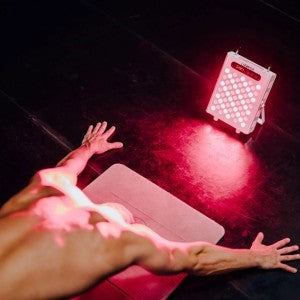
Muscle recovery
Red light therapy can promote muscle recovery by improving ATP production and blood circulation, which supports tissue repair and reduces inflammation in muscles.
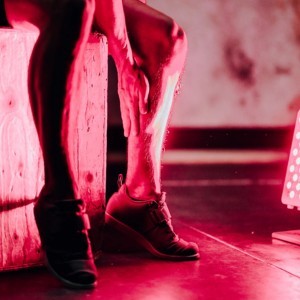
Rheumatic pain
Photobiomodulation has shown remarkable effectiveness in relieving rheumatic pain , osteoarthritis and fibromyalgia. By penetrating deep into tissue, it reduces inflammation and promotes cell repair, making it easier to manage chronic pain.

Blood circulation
Photobiomodulation improves blood circulation through vasodilation, increases cellular energy production and has anti-inflammatory effects, which together promote healthier blood flow and tissue repair.
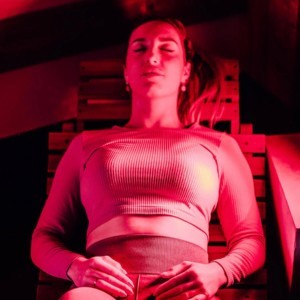
Sleep & Stress
Light therapy contributes to a better night's sleep and less stress . This is because it regulates the production of melatonin, stimulates the energy production in your cells and reduces inflammation. In addition, it promotes relaxation and helps to relieve anxiety symptoms. The result? An improved general well-being.















